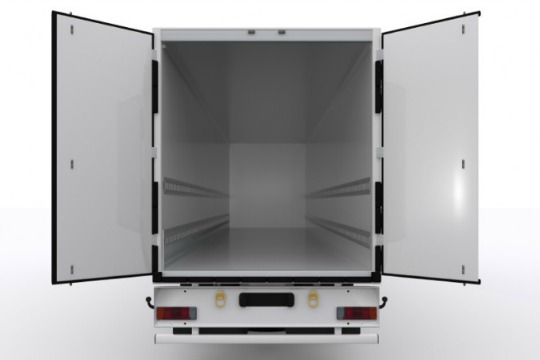Coronavirus Set to Disrupt Seasonal Freight Patterns

February dips as expected; COVID-19 adds uncertainty to supply chains
After a relatively strong January, truckload rates and volumes declined for dry van, refrigerated, and flatbed equipment in February.
The decreases are consistent with normal seasonal trends and not necessarily attributable to factory closures during the COVID-19 coronavirus outbreak in China. Import traffic was already in a scheduled lull for Chinese New Year, but since the gap in traffic extended longer than anticipated, truckload demand in West Coast port markets is likely to be slow to rebound.
“Ocean and air cargo was affected immediately by the coronavirus-related cutbacks,” said Peggy Dorf, Senior Market Analyst at DAT Solutions. “That will certainly affect truckload freight later, but for now carriers are busy helping retailers restock empty store shelves.”
Coronavirus threat will cause price volatility
DAT freight forecasts show that truckload rates will be higher than last year beginning in spring or early summer, but prices may not stay consistent with normal seasonality.
“The impact of the coronavirus will add volatility to freight flows, as surges in consumer demand alternate with potential constraints on imports, exports, and industrial production,” explained Ken Adamo, Chief of Analytics at DAT. “Our predictive models continue to update, anticipating and accounting for these atypical trends when forecasting demand, capacity, and rates in the coming months.”
February puts freeze on rates
Including fuel surcharges, spot van rates averaged $1.79 per mile nationally in February, down 8 cents from January and 9 cents from February 2019. At $2.10 per mile, the national average reefer rate lost 14 cents compared to January and fell 11 cents from February 2019. National average flatbed rates dropped 2 cents month over month to $2.15 per mile, an 18-cent decline from February 2019.
Volumes fell 7 percent for both vans and reefers month over month, while flatbed load counts edged down 3 percent. Compared to February 2019, however, volumes increased for all three equipment types: vans gained 10 percent, reefers added 11 percent, and flatbed volume rose 4 percent.
Category: Featured, General Update, News










